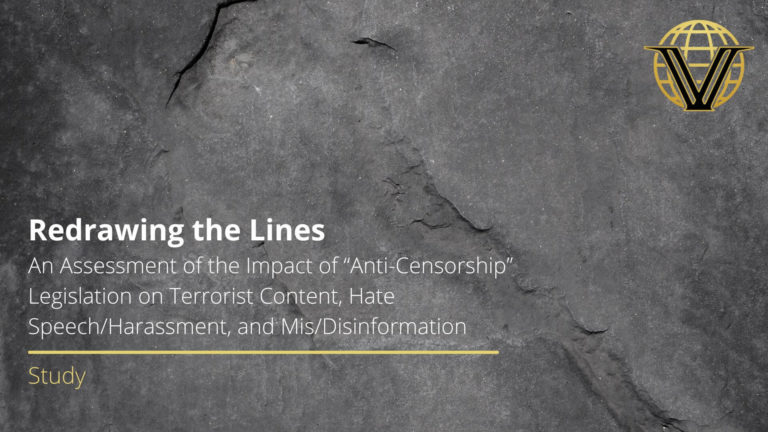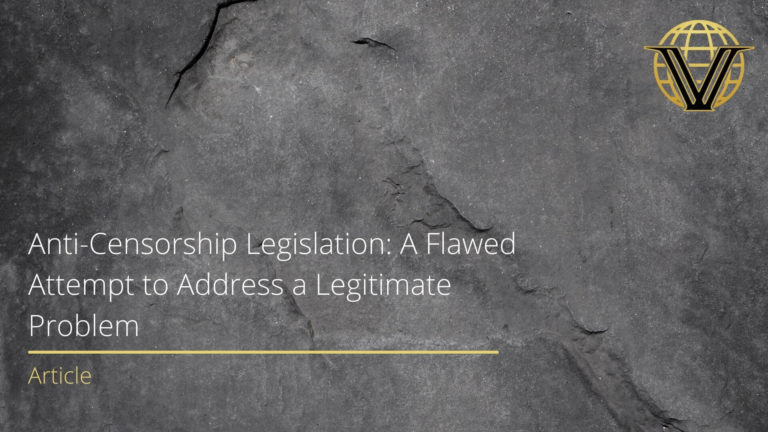Jacob Zenn
Perspectives on Terrorism Journal, December 2017
Abstract
Boko Haram was ranked the world’s “most deadly” terrorist group in 2016 and the country where it primarily operates, Nigeria, was ranked the world’s third “most terrorised” nation in 2017. However, for such a significant militant group there is a dearth of research on Boko Haram using document analysis that can shed light on the inner workings and decision-making processes of the group’s leadership. Most researchers have instead examined structural factors in Nigeria to understand Boko Haram. This has led to an academic consensus that Boko Haram was originally peaceful and only marginally benefitted from its ties to al-Qaida – if at all. This article, in contrast, presents documents of the leadership of al-Qaida and Boko Haram that show early and continuing communications between Boko Haram and al-Qaida and al-Qaida had a significant impact on Boko Haram’s founding in 2002, launch of a jihad in 2009 and introduction of suicide bombings in 2011. In addition, the al-Qaida-trained militants in Boko Haram played a leading role in conquering territory in Nigeria in 2013, setting up a line of communication to Islamic State in 2014 and facilitating Boko Haram’s switch of allegiance and merger with Islamic State in 2015.
Introduction
In the thirty years since al-Qaida’s founding, there has been a significant amount of scholarship on the group and those affiliates and cells that have benefitted from al-Qaida’s funding, training and advice. However, there is one group whose origins and violent rise is still misunderstood. This group is Jamaat Ahl as-Sunnah Liddawah wal-Jihad, which has become known as “Boko Haram” and was ranked the world’s “most deadly” terrorist group in 2016 for the number of people it has killed.
The key debates about Boko Haram reflect the debates surrounding jihadism more generally, such as whether structural and local factors or external influences and individual agency best explain Boko Haram’s origins and violent rise. The former view, which is supported by Alexander Thurston, Marc-Antoine Pérouse de Montclos, and Kyari Muhammed, tends to see only a “marginal” role of al-Qaida in Boko Haram’s origins and violent rise and instead sees Boko Haram as the product of “multi-dimensional” factors, such as “religious doctrines, poverty and inequality, post-1999 politics, youth agency, and geography.” The latter view, in contrast, finds Boko Haram to be primarily the result of the individual decisions of militants who sought to engage in a jihad in Nigeria and were empowered to do so because of al-Qaida’s and particularly al-Qaida in the Islamic Maghreb’s (AQIM) and al-Shabab’s funding, training and advice. Neither view can be fully correct but this article argues the latter view is more accurate but also underutilised in explaining Boko Haram’s founding, launch of a jihad, and tactical innovations, such as suicide bombings.
The article will present three episodes or cases of Boko Haram from: (i) the group’s founding in 2002-2003, (ii) launch of jihad in 2009-2010 and (iii) introduction of suicide bombings in 2011-2012. It is argued that these three cases exemplify how al-Qaida’s significant impact on Boko Haram has been misunderstood to be “local” phenomena in most previous research on the group. Furthermore, this article discusses obstacles and opportunities for future research on Boko Haram.
All footnotes and the full essay can be found here.



